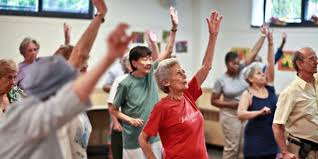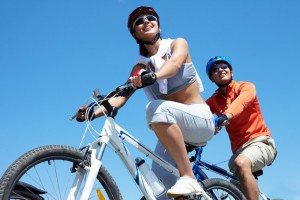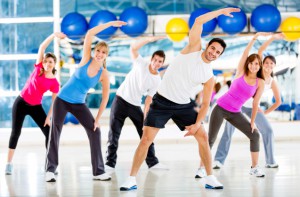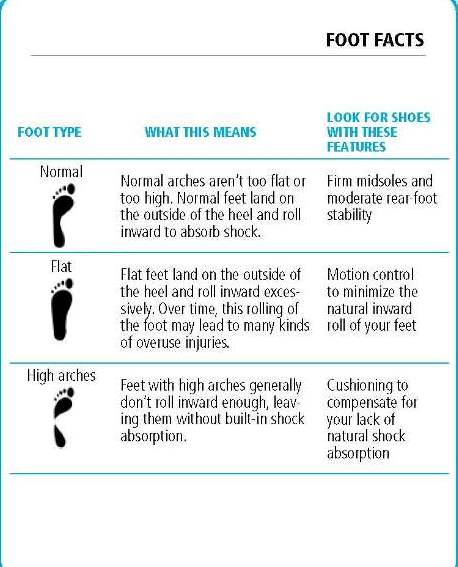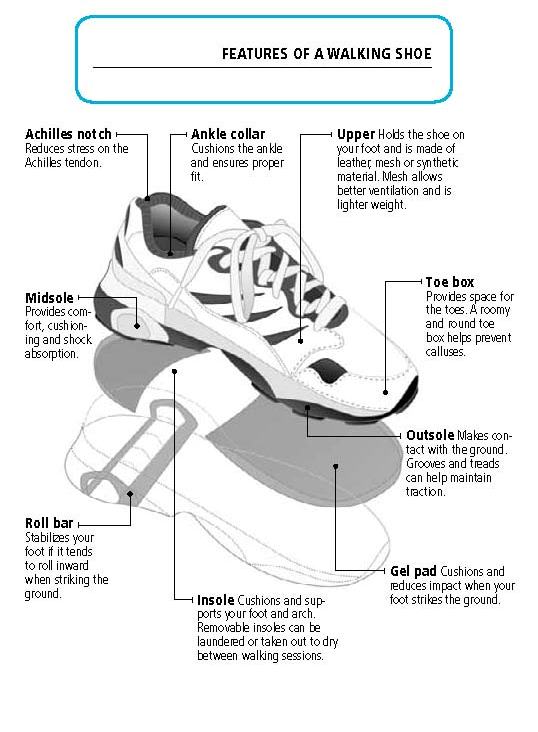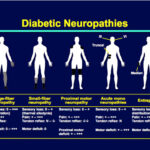Benefits of exercising:
- Improves body posture and balance
- strengthens the bones and muscles
- improves collateral blood flow
- Improves insulin sensitivity
- improves sugar, blood pressure and lipid levels
- improves endurance levels
- increases the HDL, good cholesterol, levels
- reduces central obesity
- helps to loosen up the taut muscles
- improves flexibility of joints
- psychological well being
- reduces stress
- improves lean body mass
You must have heard from doctors to exercise, but probably not knowing how much to exercise or how to exercise. Lifestyle modification which includes diet, physical activity, cessation of smoking and alcohol, all form the cornerstone in management of diabetes mellitus.
American Diabetes association recommends 150 minutes of exercise a week. There are 3 main types of exercise- aerobics, flexibility and resistance training. Aerobic exercises increase the heart rate and breathing rate. These include jogging, swimming, running, brisk walking, cycling and dancing. Resistance training involves use of weights. Flexibilty exercises include stretching exercises such as gardening, walking, doing household chores and taking the stairs.
Remember the following:
1) do a comprehensive medical check up including the heart, eyes, feet and kidney before starting a program.
2) Do warm up exercises and stretches for 5 minutes before active exercise. Focus on stretching calves, thighs, neck, low back and shoulder group of muscles. Hold the stretch for 30 seconds. Breathe freely.
3) perform the active exercise for a minimum of 20 minutes( you may have to adjust the time according to your age and ability).
4) cool down for 5 minutes where by the heart rate comes back to the levels before exercise.
5) The maximum heart rate to be achieved is calculated as follows- 220 minus your age is the target heart rate. By exercising you should achieve 60-75% of the target heart rate.
6) Try to take a break half way through the exercise regime especially if doing for an hour. Sugar levels can come down and so it is wise to have half a glass of orange juice or have a couple of dates or half an apple or half a banana.
7) Core muscle group involve the muscles supporting the back and abdomen. These also have to be concentrated upon.
8) Do exercises which improve balance like standing on one leg. You may have to hold on to something for support at the beginning.
Beware of these problems before exercising:
Those with eye problems should not do resistance training with weights and heavy exercises which jar the head as it will cause a bleed within the eyes. Similarly, those with feet problems or heart problems also have to be careful with heavy exercises. Cycling and swimming are more beneficial than jogging among those with feet nerve problems or heart problems.
Check the sugar levels before exercising and after cooling down.
Remember to hydrate yourself with fluids while exercising. Check sugar levels before exercising. If the levels are low ( 100 mg/dL or <5.5 mmol/L) always take some snack like bread slice or biscuits so that sugar levels do not fall with the exercise. You can have orange juice or plain candy bars if the sugars are low.Likewise, if sugar levels are very high, reduce the levels with insulin shots and proceed for the exercise regime after consulting with the health care provider.
Never inject insulin before exercising
While doing resistance training, remember not to use heavy weights, but use small weights and increase the repetitions. . Sugar levels fall with exercise unless you do a high intensity exercise ( like sprinting) when the sugars will increase.
Walking is still the best exercise, wear appropriate clothes, avoid exercising outdoors during extremes of climate( hot and cold) and don proper footwear.
Are there any barriers to exercising?
- If a type 1 diabetic, having high blood sugar levels > 300 mg/dL or having ketones in blood.
- If type 2 diabetic having high blood sugar or low blood sugar
- If having an advanced retinopathy ( eye affection in diabetes)- seek consultation with eye specialist before exercising.
- If having nephropathy ( kidney affection in diabetes) – can affect delivery of oxygen to tissues and increase protein in urine.
- If having peripheral neuropathy- ( nerves affected by diabetes)- patients will not have any sensation and so can land in problems.
- If having a heart problem, one is advised not to stress the heart too much
Some common excuses to avoid exercising:
- shame
- laziness
- lack of time
- poor lighting
- harsh climatic conditions
- being overweight and all people are “staring”
- costs of exercising
- racial and cultural reasons
- sweating induced itching of body and mal odour
- Fear of hypoglycemia
Gunner Borg devised an exertion scale , a tool that helped define how hard one felt during any particular activity:
- grade 0 if feeling nothing at all
- grade 1 if feeling very weak
- grade 2 if feeling weak
- grade 3 if feeling moderately weak
- grade 4 if feeling somewhat strong
- grade 5 if feeling strong
- grade 6 if feeling stronger
- grade 7 if feeling very strong
- grade 8 if feeling more difficulty
- grade 9 if feeling very difficult
- grade 10 if feeling extremely difficult
There are some other forms of exercise which can be used to break the monotony.
- Running backwards– less problems for joint injury but have to be in a safe environment.
- Cycle karoke– pedaling on a stationary exercise cycle and singing at the same time. If out of breath, go slow on the cycling. If one can sing well, then increase the tempo of the cycling.
- Troga– yoga on the treadmill. But the speed of the treadmill should not be more than 3 mph. Be careful of falling.Not recommended for the elderly or with joint problems.










